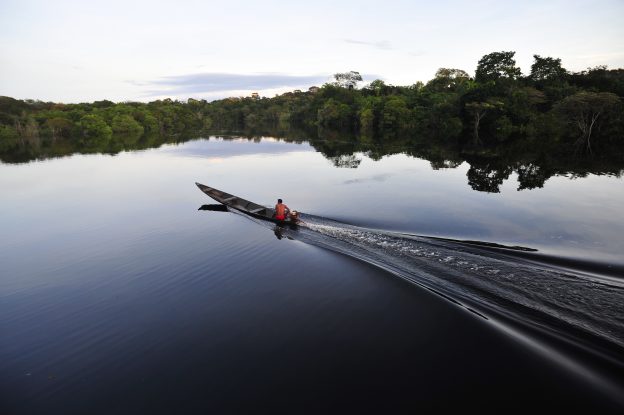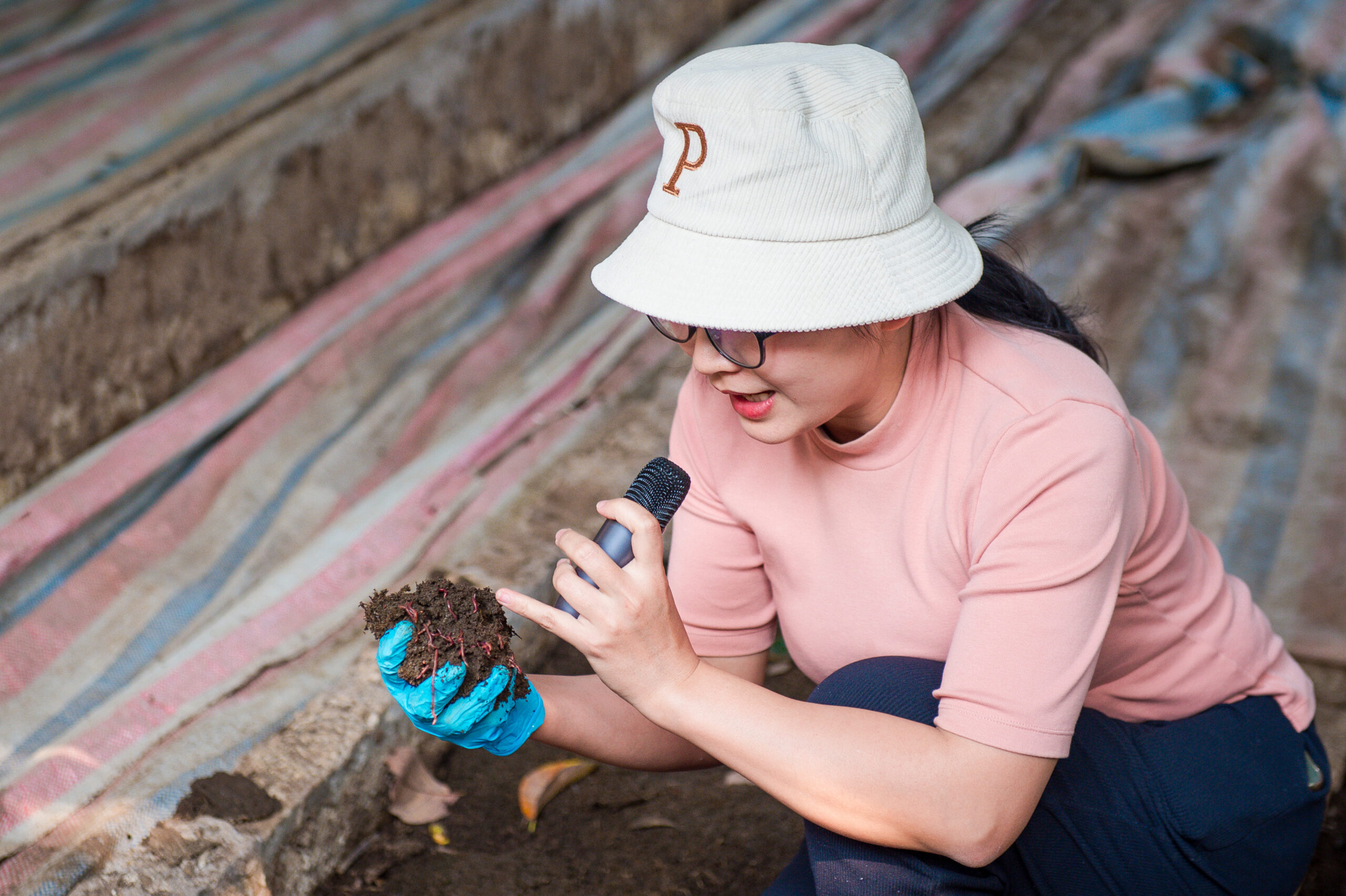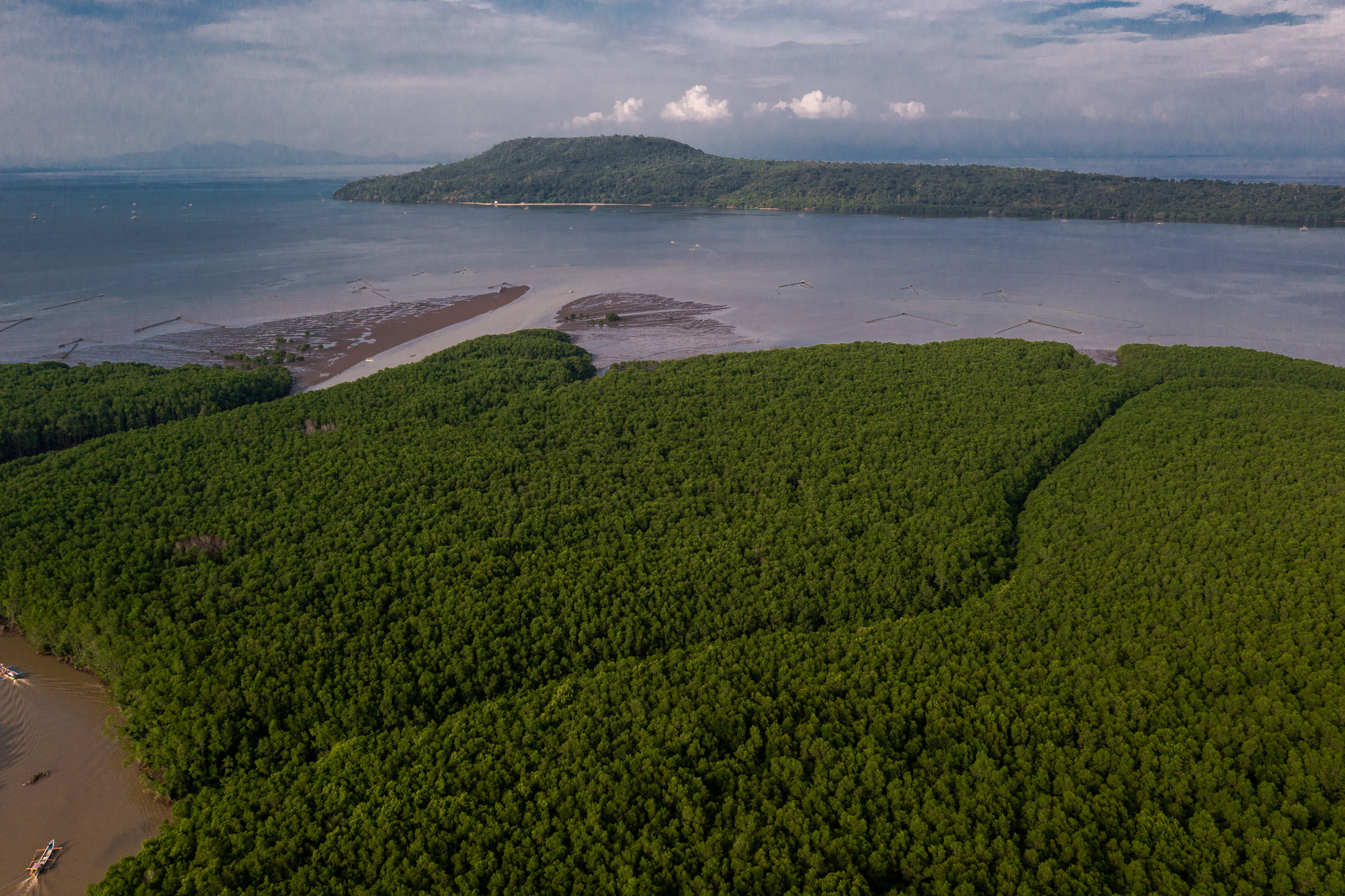As the benefits of agroecological transition become apparent across the planet, organizations leading the charge are reflecting on progress so far‚ÄĒand gaps still to fill. These topics were in the spotlight at a technical session during this year‚Äôs Annual Members‚Äô Forum Meeting of the Transformative Partnership Platform on Agroecology (AE-TPP), 31 March‚ÄĒ4 April in Hanoi, Vietnam.¬†
Sandhya Kumar, a social systems scientist at the Center for International Forestry Research and World Agroforestry (CIFOR-ICRAF) and the AE-TPP’s scientific coordinator, outlined the platform‚Äôs current domains of work: soil health; nutrition, pests and disease; policies and institutions; viability of agroecology adoption; metrics for assessing agri-food systems in agroecology; water and land management; and diversity and resilience.¬†
Over time, Kumar observed, partners‚Äô approaches to these domains have become more integrated‚ÄĒa move that aligns with the holistic nature of agroecology itself. ‚ÄúIn recent years, we have seen a lot of projects that are increasingly cross-cutting, meaning they span more than just a single domain.‚Ä̬†
She also cited examples of projects and activities carried out since the platform‚Äôs inception in 2021, ranging from farm-level initiatives to agri-food system analyses. Kumar noted an increasing focus on effective, inclusive and scalable knowledge-building. ‚ÄúWe’re seeing great interest in looking at how we approach training, education and co-creation,‚ÄĚ she said.
Measuring what agroecology delivers‚ÄĒand where gaps remain‚ÄĒis central to the platform. In his presentation, Matthias Geck, agroecological systems scientist at CIFOR-ICRAF and AE-TPP coordinator, explained how work under this domain seeks to address current limitations in accurately assessing the performance of agroecological production vis-a-vis conventional farming methods‚ÄĒincluding testing out current tools and developing new ones.¬†
‚ÄúThe majority of metrics, indicators and tools that we have for measuring the success of agriculture and food systems has a rather limited focus, particularly on the economic domain,‚ÄĚ Geck said. ‚ÄúThey tend to look at productivity, incomes and yields and often do not adequately take into account so-called externalities such as environmental and social costs and benefits.‚Ä̬†
To show how the picture changes when more holistic metrics are used, Geck shared findings from a synthesis paper that tracked the application of the new Food and Agriculture Organization of the United Nations Tool for Agroecology Performance Evaluation across four African countries. ‚ÄúOn average, more agroecological farmers have increased farm productivity and have a higher net household income and there is a clear positive correlation between agroecological integration, dietary diversity and food security.‚Ä̬†
Yet gaps remain. ‚ÄúWhat we’re not able to see is a correlation between agricultural integration, women’s empowerment and youth empowerment,‚ÄĚ Geck said. ‚ÄúSo, there’s clearly some gaps in terms of what agroecology‚ÄĒin the views of some advocates‚ÄĒdelivers, and what the evidence shows. If we don’t, as a global society, improve on gender and youth empowerment, we’re not moving positively towards sustainable development in the agroecology space.‚ÄĚ
Co-creation and holistic performance assessments were also central to the CGIAR Agroecology Initiative, implemented in five African countries plus India, Laos and Peru from January 2022 to December  2024. The initiative sought to support agricultural food system transitions through the application of contextually relevant agricultural principles by farmers and communities, supported by other food system actors. 
‚ÄúWe were operating through what we called Agricultural Living Landscapes, or ALLs,‚ÄĚ said Lisa Fuchs, a social and agroecological systems scientist at the Alliance of Bioversity International and CIAT. ‚ÄúThat was our transformation vehicle: multistakeholder spaces that we helped to establish and within which we operated. We defined them as territories or landscapes for multistakeholder engagement in which agroecological innovations can be identified, co-designed, tested and adopted.‚ÄĚ

The team found that this kind of in-depth engagement and co-design took some time but then helped to accelerate progress and the generation of first results, ‚Äúand there’s broad agreement among the team of more than 100 researchers that doing research differently works,‚ÄĚ said Fuchs. Another lesson was that agroecological transformation requires ‚Äúacting at the production, socio-economic and political levels at the same time, depending on context.‚Ä̬†
Simone Staiger-Rivas, a senior knowledge manager and current coordinator of the Multifunctional Landscape Program at the Alliance of Bioversity International and CIAT, then shared what’s next now that the Agroecology Initiative has ended. “The new program takes a broader approach than its predecessor. It aligns and integrates efforts from CGIAR initiatives into a global science platform for action rooted in systems thinking and landscape approaches.
‚ÄúWe are using agroecological principles as a tool to monitor and evaluate the defining feature of this new Program that balances production, restoration, and conservation across scales, from farm to fork and net to plate, through shared landscape visions and evidence-based action,‚ÄĚ said Staiger.¬†
Thiphavong Boupha, lead technical expert and consultant at Land Equity International (LEI), next shared learnings from the organization’s work in five countries under the Transformative Land Investment (TLI) project. The body of work seeks to prevent negative impacts from agricultural investments and encourage actors in the sector to adopt more sustainable practices and business operation mechanisms in line with agroecological principles.
Boupha expressed hope that new commitments would be made to improve the sustainability standards of agri-food products for domestic and international markets, in order to strengthen agri-food systems throughout the value chain. 
Acknowledgements 
The 2025 Annual Members Forum Meeting was made possible with support from the Liechtenstein Development Agency (LED) and the Metrics project, funded by the European Union. 










